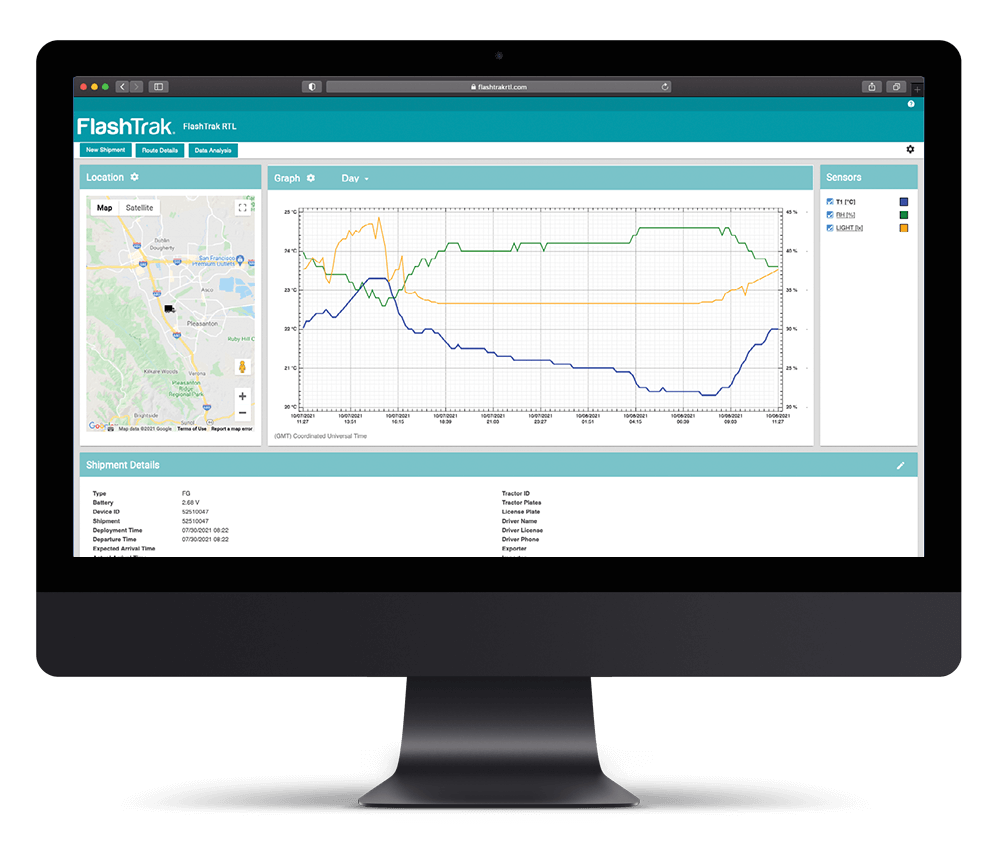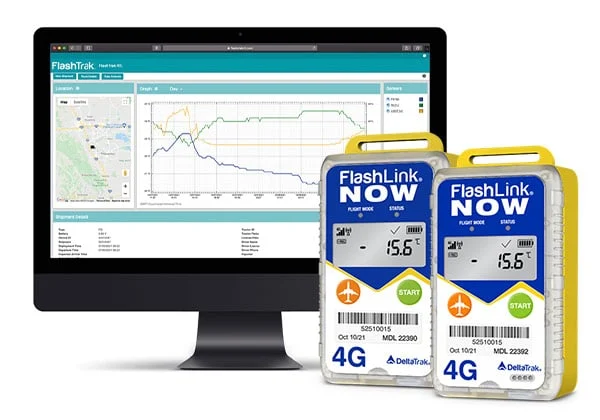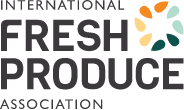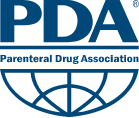


为工作场所提供正确的呼吸防护

自 COVID-19 大流行开始以来,变化最大的活动之一就是工作。在实施就地掩蔽时,全国大部分地区被迫关闭,导致许多人失去工作或在家中办公。几个月后,企业重新开张并实施相关政策和程序,以防止 COVID-19 在员工和客户中传播。疾病预防控制中心建议使用呼吸防护和面部覆盖物作为感染控制设备。目前有几种类型的呼吸防护/面部覆盖物,其效果各不相同。
外科口罩:美国食品及药物管理局认证;大飞沫防护
外科口罩的使用可以追溯到 20 世纪初,当时医院的外科团队佩戴由多层纱布制成的口罩,以防止开放性伤口受到污染。现代外科口罩的防病效果各不相同。标准外科口罩已通过美国食品及药物管理局的认证。外科口罩不能防止佩戴者吸入小颗粒。外科口罩可防止大飞沫、飞溅物、体液或其他有害液体。这种口罩能有效保护病人免受医护人员呼吸道排放物的影响。外科口罩不能提供严密的面部密封,因此使用者吸入时会造成泄漏。在医疗环境中使用时,应在每位病人用完后将其丢弃。
呼吸器:从危险到医疗保健
首批呼吸器也诞生于 20 世纪初,用于保护矿工、消防员和士兵等危险岗位人员。医疗保健人员在 20 世纪 90 年代开始使用。如今,有标准 N95 呼吸器和手术用 N95 呼吸器。这两种呼吸器都可用于防护小气溶胶颗粒和大液滴。手术用 N95 呼吸器专供医疗保健提供者使用,可防止空气传播的微粒和有害液体。在个人工作中必须佩戴时,这些设备必须经过密合度测试,以确保与面部紧密贴合。有些 N95 口罩配有呼气阀,使呼吸更加顺畅。但不建议在无菌环境中使用。
呼吸器的有效性是通过过滤颗粒物的百分比、防油量和 APF(指定保护因子)来衡量的。例如,N95 口罩至少能收集 95% 的微粒。字母指的是对油类气溶胶的阻力,它会降低过滤器的有效性。N “型呼吸器不具有耐油性;字母 “R “的呼吸器具有一定的耐油性,可在工业环境中使用 8 小时;”P “表示该口罩具有很强的耐油性,没有时间限制。APF 是一种呼吸器或一类呼吸器预计为员工提供的工作场所呼吸保护级别……”(OSHA.gov,”修订后的呼吸保护标准的指定保护因子”,2009 年 2 月)例如,N95 呼吸器的 APF 为 10,这意味着佩戴者只能吸入空气中 1/10 的气溶胶/微粒。每次看完病人后,以及当呼吸器变脏、损坏或难以吸入时,应丢弃呼吸器。NIOSH(国家职业安全与健康研究所)是疾病预防控制中心的一个机构,负责批准呼吸器。
NIOSH 批准的呼吸器清单:
- https://www.cdc.gov/niosh/npptl/topics/respirators/disp_part/
- https://www.cdc.gov/niosh/npptl/topics/respirators/cel/
弹性呼吸器:最隐蔽的秘密
第三种防护方式是弹性呼吸器,它是一种经 NIOSH 批准的、可重复使用的设备,使用 N95 滤芯。这种呼吸器由合成或天然橡胶材料制成。由于人造橡胶呼吸器可重复使用,因此与一次性呼吸器的相关费用相比,长期使用的费用更低。它的价格大约是 N95 呼吸器的 10 倍。当一次性口罩供应不足时,弹性口罩也是一种可行的替代品。它很容易用漂白剂和水溶液消毒,APF 为 10。必须储备可更换部件,如吸入/呼出阀(和阀盖)、过滤器、滤筒、滤罐和带子。Elastomeric 有半面罩和全面罩两种型号。全罩式呼吸器可以遮住眼睛,这对防止疾病传播非常重要。
带有呼气阀的弹性呼吸器不适合外科手术环境。该设备可使用三种过滤器中的任何一种:首次使用时必须通过密合度测试,此后每年都要进行测试。在阿勒格尼健康网络(Allegheny Health Network)进行的一项研究中,近 2000 名医护人员使用了一个月的 Elastomeric 呼吸器。结果非常好。使用者感觉面罩很舒适,病人也没有出现不良反应。所有医护人员都选择继续使用 Elastomeric 呼吸器,而不再使用 N95 呼吸器。
动力空气净化呼吸器 (PAPR):高效灵活
动力空气净化呼吸器 (PAPR) 是一种电池供电系统,可通过过滤器、滤芯和滤毒罐清除空气中的气溶胶和飞沫(以及气体和蒸汽)。有三种型号:全罩式、宽松头罩/头盔式和紧身半面罩式。全罩式面罩的 APF 值为 1,000,需要进行密合度测试;紧身式装置需要进行密合度测试,APF 值为 50;宽松式装置不需要进行密合度测试,APF 值为 25。这些设备非常有效,只允许微小比例的空气污染物进入使用者体内。不过,它们也有一些缺点,如鼓风机声音较大、视野有限以及初始成本较高。
面罩:从医院到教室
面罩由硬质透明塑料制成,覆盖从前额顶部到下巴下方的整个面部。它们可以保护佩戴者免受咳嗽、喷嚏或呕吐物等有害物质的喷溅。在某些医疗环境中,面罩与 N95 呼吸器一起佩戴。面罩是教师的最佳选择,因为学生能够看到面部表情是学习的一大关键。
布质面罩:佩戴这些面罩来保护他人
最后是布制口罩,这种口罩在 N95 呼吸器数量有限时开始流行起来。许多零售商出售的布口罩设计时尚,吸引了大量消费者。不过,布制口罩的有效性还没有定论。疾病预防控制中心不建议 2 岁以下儿童、呼吸困难者、在没有帮助的情况下无法摘下口罩者、昏迷者或丧失能力者佩戴布制口罩。疾病预防控制中心建议个人佩戴布口罩,以防止将病毒传播给他人。口罩应覆盖口鼻,紧贴脸部两侧。布质口罩每次使用后都应清洗。
根据环境的不同,有多种呼吸防护和面部覆盖物可供选择。重要的是要记住,无论口罩的效果如何,它都只是预防计划的一个要素。疾病预防控制中心坚持认为,即使在佩戴面罩的情况下,人们也应继续保持预防习惯,如保持社交距离、定期洗手(或在没有肥皂的情况下使用洗手液)和避开病人。在经济努力恢复的同时,每个人都必须尽自己的一份力量来防止这种疾病的传播。要想大幅减少 COVID-19 病例的数量,需要大家共同努力。
参考文献
“使用弹性呼吸器可减少医疗服务提供者对 N95 口罩的需求,”《麦克奈特长期护理新闻》,2020 年 6 月 15 日。[在线]。可查阅:https://www.mcknights.com/news/clinical-news/use-of-elastomeric-respirators-could-reduce-providers-need-for-n95-masks/
“了解医疗保健中的呼吸保护选项:被忽视的弹性体”,疾病预防控制中心 NIOSH 科学博客,2017 年 7 月 6 日。[Online].可查阅:https://blogs.cdc.gov/niosh-science-blog/2017/07/06/elastomerics/
“弹性呼吸器:常规和激增需求情况下的策略》,《2019 年冠状病毒疾病》(COVID-19),疾病预防控制中心,2020 年 4 月 20 日。[在线]。可查阅:https://www.cdc.gov/coronavirus/2019-ncov/hcp/elastomeric-respirators-strategy/
“优化动力空气净化呼吸器(PAPRs)供应的考虑因素”,冠状病毒疾病 2019 (COVID-19),CDC,2020 年 4 月 19 日。[在线]。可查阅:https://www.cdc.gov/coronavirus/2019-ncov/hcp/ppe-strategy/powered-air-purifying-respirators-strategy.html
“个人防护设备:问与答》,CDC,2020 年 3 月 14 日。[Online].可查阅:https://www.cdc.gov/coronavirus/2019-ncov/hcp/respirator-use-faq.html
“如何佩戴布质面罩》,《2019 年冠状病毒疾病》(COVID-19),疾病预防控制中心,2020 年 3 月 22 日。[Online].Available:https://www.cdc.gov/coronavirus/2019-ncov/prevent-getting-sick/how-to-wear-cloth-face-coverings.html
信息图表:”了解区别”(外科口罩/N95 呼吸器),CDC,[在线]。可查阅:https://www.cdc.gov/niosh/npptl/pdfs/UnderstandDifferenceInfographic-508.pdf
“修订后的呼吸防护标准的指定防护系数”,OSHA,2009 年。[Online].Available:https://www.osha.gov/Publications/3352-APF-respirators.pdf
L.Brousseau 等人,”N95 呼吸器和外科口罩”,NIOSH 科学博客,疾病预防控制中心,2009 年 10 月 4 日。[Online].Available:https://blogs.cdc.gov/niosh-science-blog/2009/10/14/n95/




















